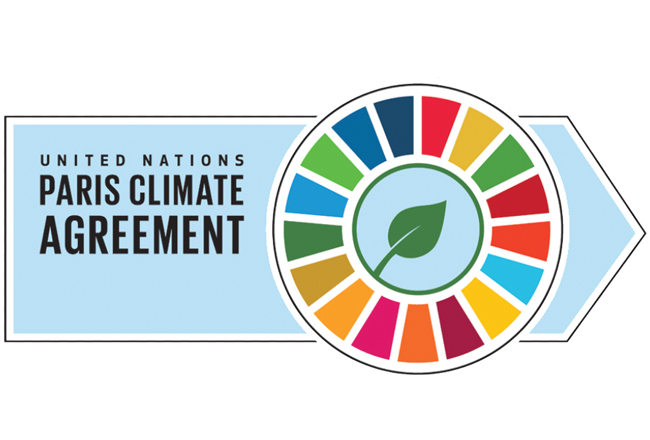Ocean as Heat Sponge
The World Ocean covers about two thirds of Earth’s surface. Scientists’ estimates vary, as with most climate science, but it is fairly clear that oceans have absorbed the majority of global warming humans have generated in recent decades. Estimates of ocean intake vary from 60 percent to more than 90 percent of the anthropogenic extra heat total. The good news is that oceans have been a shield against bad climate changes that more heat on land masses could bring. The bad news is that carbon dioxide and other absorbed greenhouse gasses are changing the oceans from norms to which civilization has adapted. Evidence abounds of severe heat impacts now visible on corals, other marine life and on weather.
Calculating average ocean temperatures is a difficult and complex problem climate scientists continue to wrestle with. A comprehensive analysis published last week in “Science” journal concluded that oceans are heating up 40 percent faster than the 2014 United Nations study determined. Liquid sea water expands slightly as it warms; the heated water molecules bump into each other with more energy and take up more volume. That means rising seas and more flood possibilities for people living near sea level. Warmer waters also produce more powerful coastal storms, like hurricanes, because ocean air can draw more energy and moisture from warmer water.
Warmer water also means less sea life because most ocean species thrive better at cool temperatures, like near the Earth’s poles. Tropical seas often have clear water because they are wet deserts that lack animal and plant life which would cloud sea water. Some rich fishing areas around the world have been, and are being, denuded both by man’s over-fishing and by warming sea water.
The cautious young person choosing to live permanently near any ocean should consider science’s best estimates of sea level, sea temperature, and storm trends in her neighborhood. All are changing in ways modern man has not seen before, changes which could make the settling family’s life less pleasant and more dangerous. Bottom line, look at flooding and storm possibilities before buying a house or settling a business on land, like in Houston, Texas, which is both near the ocean and near sea level.



